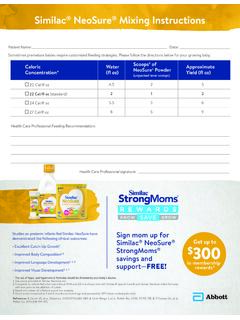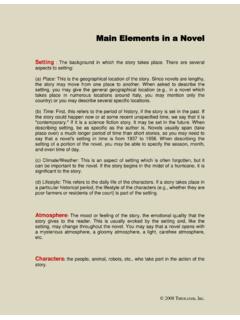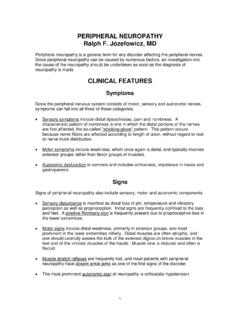Transcription of Constructing I-Statements
1 GCF Global Learning Constructing I-Statements When you re angry, frustrated, hurt, or fearful, the words you choose to communicate our feelings can either heighten or relieve the level of anger and intensity. I-Statements I-Statements are a method of effective communication. Using I-Statements can help you express your feelings in a manner that will not provoke a negative response in your listener. I-Statements can take many forms. As you become more skilled in Constructing them, you will most likely find yourself coming up with many variations.
2 However, when you first begin working with them, it is helpful to have an initial template to follow. I-Statements have four parts. Each part is stated in the following order: 1. "I". 2. What you feel or want. 3. The event that evoked your feeling(s) or desire (typically something that is not going to be offensive to the listener). 4. The effect the event has on you. Combine the parts to form a sentence. For example: "(#1) I feel ____ #2 _____ when _____ #3 _____, because _____ #4 _____. "(1) I feel (2) very rushed to leave work (3) when you come in late, because (4) I have to pay more money when I am late picking up my child from daycare.
3 " Practice a few I-Statements out loud. Write a few down. Common Errors When Constructing I-Statements 1. Avoid inserting "that" or "like" The phrases "I feel " or "I feel " are really expressions of thought, often an opinion or judgment. The use of "I feel" should always be followed by a feeling such as "sad", "glad", afraid", etc. 2. Avoid disguised YOU statements These include sentences that begin with "I feel that " or GCF Global Learning "I feel like " Again, these phrases immediately put the listener into a defensive position.
4 You are backing them into a corner, and they may feel the need to verbally strike back. 3. Avoid accentuating your negative feelings Many people spend a lot of time focusing on communicating their negative feelings and forget to communicate their positive feelings. It is equally important to express your joy, happiness, relief, etc. This way, the person feels appreciated and praised. 4. Avoid downplaying the intensity of your feelings When individuals first start working with I-Statements , it is common for them to at first send a message that minimizes the intensity of their feelings and consequently their attempt to communicate has less impact on the receiver.
5 Remember: It is very important to match the message you send to your level of feeling. 9 Avoid using I-Statements to express anger. Instead, learn to express primary feelings (hurt, frustration, fear, disappointment) before you get angry.







